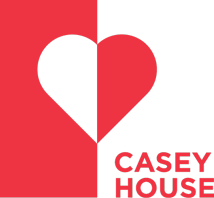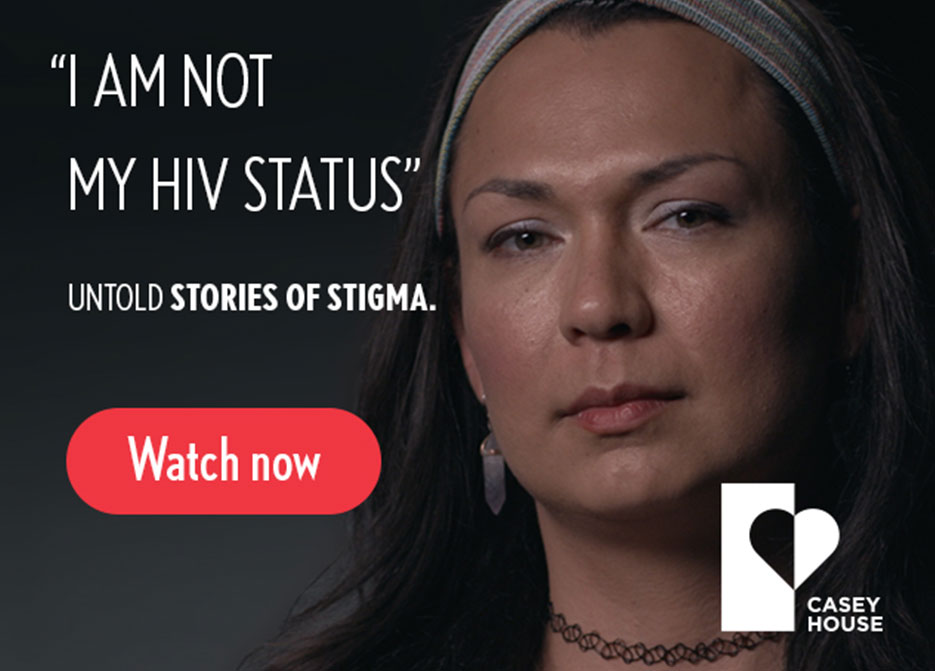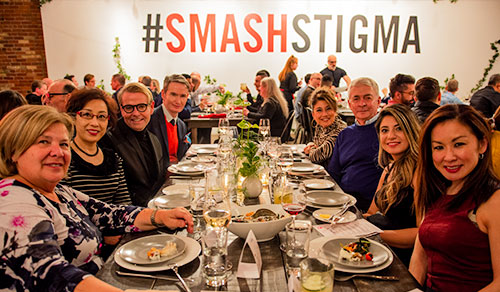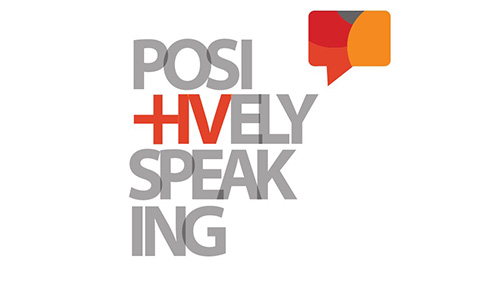Would you eat a meal prepared by someone living with HIV? Casey House issued this challenge with June’s HIV+ Eatery, after 53% of Canadians said they would not knowingly eat a meal prepared by someone who is HIV+.
To debunk the myth that HIV can be transmitted through food, we created the world’s first HIV+ restaurant in 2017: a three-night pop-up where people living with HIV prepared the meals. Celebrity chef Matt Basile and his Fidel Gastro’s team provided the expertise to create a dining experience to remember. The meal was served family style, creating an intimate setting where guests could engage in conversation and unite against stigma.
The restaurant garnered worldwide attention. The engaging and almost humorous advertising sparked curiosity while forcing people to think about stigma: pictures of the chefs in confident poses wearing aprons with slogans such as “Kiss the HIV+ Cook” and “I got HIV from eating pasta…Said no one ever.” The visuals forced the public to think critically about their perceptions connecting HIV- positive people and food.
The 14 peer chefs’ impact was incredible. The group included experienced activists and generated brand new ones, some of whom were Casey House clients. The response from both their networks and strangers was supportive and often thankful. The experience was transformative; the group bonded and has remained connected years afterwards.
June’s HIV+ Eatery and #smashstigma were envisioned in collaboration with one of Canada’s top creative agencies, Bensimon Byrne and its affiliates Narrative and OneMethod. The first #Smashstigma campaign received terrific media coverage, generating over 926 million social media impressions and more than 150 news stories worldwide, igniting discussion and allowing Casey House to engage many people in conversations about stigma. Over 730,000 Canadians were educated on social media during that first campaign.
The comments on social media were frequently uninformed, ranging from “…what about the other diseases people with HIV are prone to?” and to sometimes nasty comments like, “Look I’m sorry about the stigma but come on, this is creepy.” or “Someone cuts their finger at work and you get an epidemic… lovely. Hard pass on this one.” These comments and interactions with the general public provided plenty of opportunity for education and conversation. Our replies were thoughtful and educational:, “Eric, we hear your concerns, and are addressing them because this is the stigma we are trying to smash…” Frequently, members of the public responded to negative comments, even before had a chance to, with words to educate, cajole or shame naysayers.




